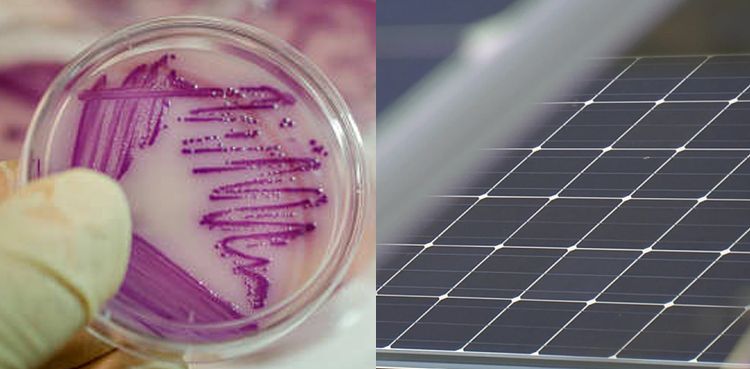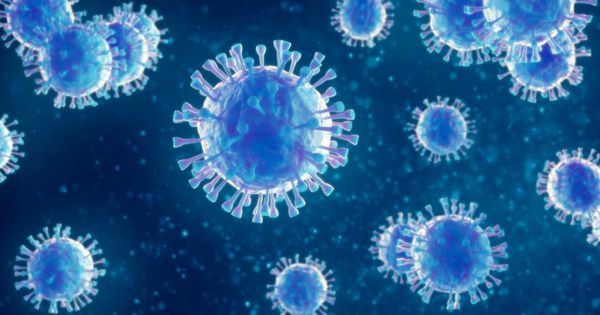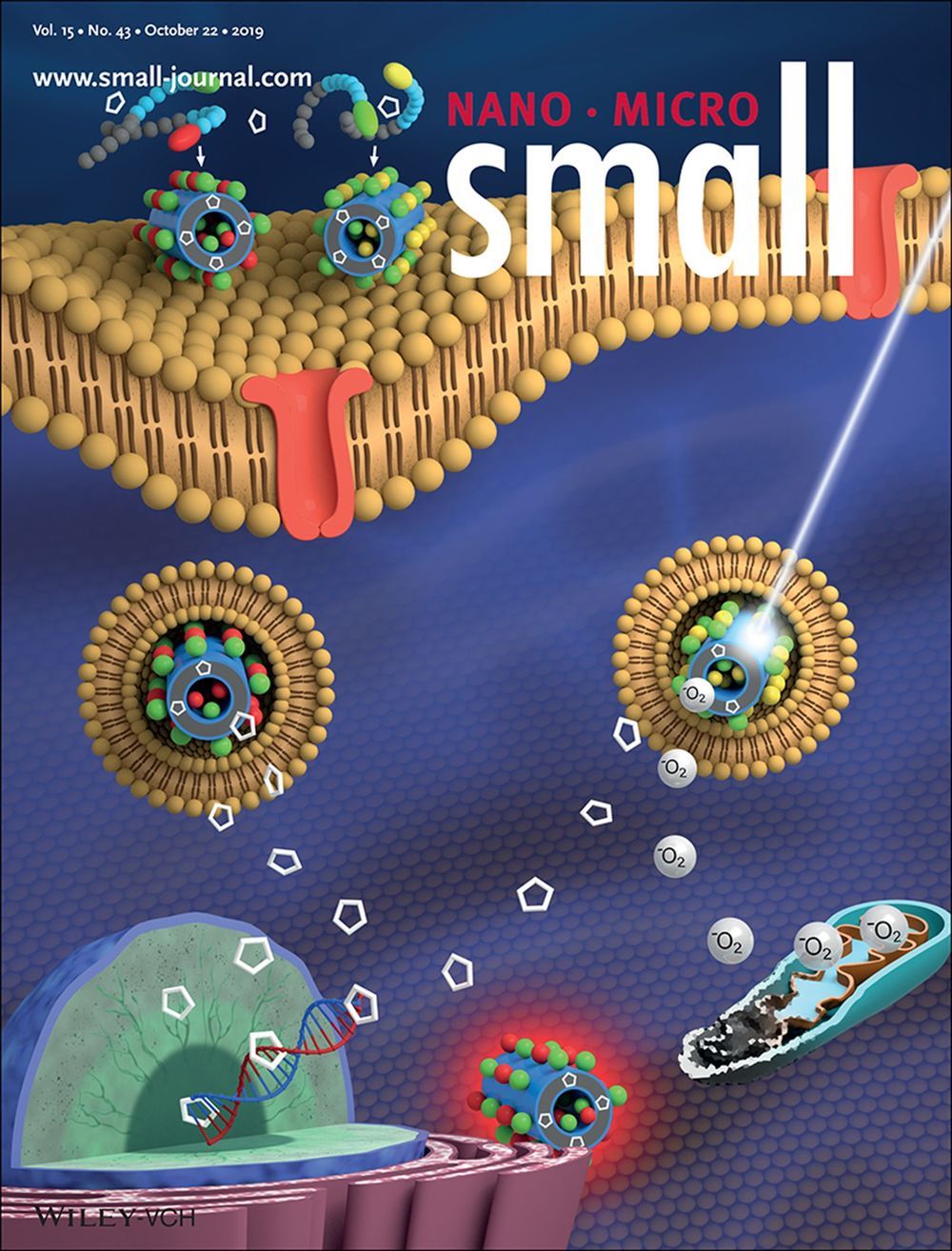
Immortality has gone secular. Unhooked from the realm of gods and angels, it’s now the subject of serious investment – both intellectual and financial – by philosophers, scientists and the Silicon Valley set. Several hundred people have already chosen to be ‘cryopreserved’ in preference to simply dying, as they wait for science to catch up and give them a second shot at life. But if we treat death as a problem, what are the ethical implications of the highly speculative ‘solutions’ being mooted?
Of course, we don’t currently have the means of achieving human immortality, nor is it clear that we ever will. But two hypothetical options have so far attracted the most interest and attention: rejuvenation technology, and mind uploading.
Like a futuristic fountain of youth, rejuvenation promises to remove and reverse the damage of ageing at the cellular level. Gerontologists such as Aubrey de Grey argue that growing old is a disease that we can circumvent by having our cells replaced or repaired at regular intervals. Practically speaking, this might mean that every few years, you would visit a rejuvenation clinic. Doctors would not only remove infected, cancerous or otherwise unhealthy cells, but also induce healthy ones to regenerate more effectively and remove accumulated waste products. This deep makeover would ‘turn back the clock’ on your body, leaving you physiologically younger than your actual age. You would, however, remain just as vulnerable to death from acute trauma – that is, from injury and poisoning, whether accidental or not – as you were before.


















